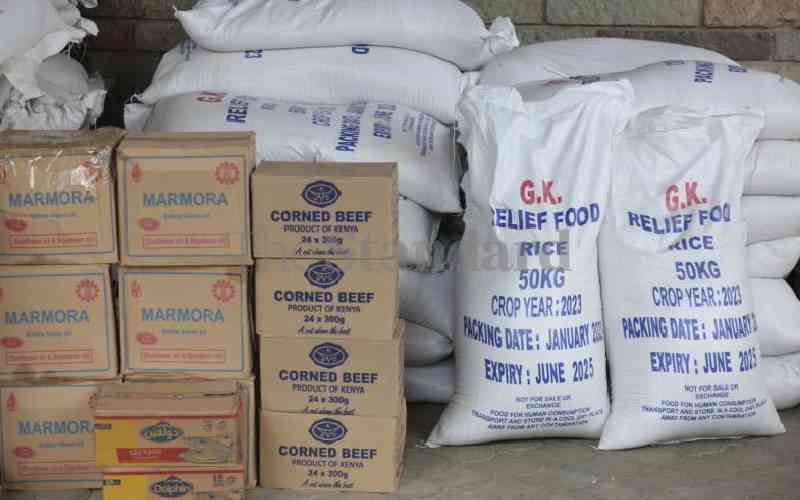President Uhuru Kenyatta has finally visited North Eastern counties of Mandera, Wajir and Garissa, more than three years after he came to power.
Residents of the region have been critical of his failure to tour the area, with leaders like myself expressing it umpteen times that his avoidance of the area would create resentment within the predominant Somali community. Still, I have never understood why he gave the region a cold shoulder, visiting just months before the next General Election.
This region had faced serious security challenges that affected the lives of the residents adversely. Following the massacre of dozens of Kenyans by terrorists in the three counties, most public servants from outside the region packed up and left, leading to near collapse of educational and health institutions.
The situation persists to date, with many schools in the region having untrained teachers, and some health facilities still without staff. Although the security situation has improved, potential threats still persists. Even as the exodus of public servants from the region reached fever pitch, the President never uttered a word on the matter. Neither did he criticise nor condemn the excesses of his security agencies that led to allegations of enforced disappearances and extra-judicial killing of terror suspects by leaders and human rights institutions such as KNCHR
But perhaps equally worrying for the residents, particularly Wajir and Mandera counties, is the poor state of infrastructure. The B9 Nairobi dirt road is in the same condition that it has been since independence, making travel in the region a nightmare. A return ticket on the 48-hour journey from Mandera to Nairobi by bus costs Sh7,000 on a good day when the road isn’t muddy. A return ticket by air on the same route is Sh32,000. In case it escapes your attention, 84.5 per cent of the county’s 1.2 million residents live below the poverty line according to official government data. The pledge to tarmac this road has remained just a pledge by successive governments, impairing investments and development of the region.
All the three counties face severe water shortage in the headquarters. Last week, women were demonstrating in parts of Garissa town for perennial lack of water. In Wajir, the town survives on 19,000 shallow wells whose yield is fast declining due to its growth. The town also lacks sewerage facilities and residents have to use bucket latrines due to the high water table. Mandera is not better. Lack of clean and adequate water has precipitated an epidemic of cholera that has afflicted hundreds of residents.
Clearly, the counties do not have the financial capacity to undertake major water supply projects for these large towns, and the national government has for long promised to address challenges without any progress.
A challenge in getting ID cards readily has also affected youth empowerment in the region. The lack of jobs is particularly explosive in the region, courtesy of poor educational performance and lack of tertiary institutions. Still, no innovative programme to keep these youth occupied has emerged from the government, even with potential risks of radicalisation.
It would be interesting to see how the President will navigate these issues and pacify the residents who justifiably feel they are the ‘other Kenya’.
However, North Eastern shares similar challenges that most parts of the pastoralist communities in the country face, including insecurity, livelihoods, poor infrastructure and economic exclusion. While little else has trickled down from the national government to the region, devolution may save the President the embarrassment of having to explain his neglect of this important frontier that may hold the future economic potential of this nation.
 The Standard Group Plc is a
multi-media organization with investments in media platforms spanning newspaper
print operations, television, radio broadcasting, digital and online services. The
Standard Group is recognized as a leading multi-media house in Kenya with a key
influence in matters of national and international interest.
The Standard Group Plc is a
multi-media organization with investments in media platforms spanning newspaper
print operations, television, radio broadcasting, digital and online services. The
Standard Group is recognized as a leading multi-media house in Kenya with a key
influence in matters of national and international interest.
 The Standard Group Plc is a
multi-media organization with investments in media platforms spanning newspaper
print operations, television, radio broadcasting, digital and online services. The
Standard Group is recognized as a leading multi-media house in Kenya with a key
influence in matters of national and international interest.
The Standard Group Plc is a
multi-media organization with investments in media platforms spanning newspaper
print operations, television, radio broadcasting, digital and online services. The
Standard Group is recognized as a leading multi-media house in Kenya with a key
influence in matters of national and international interest.









